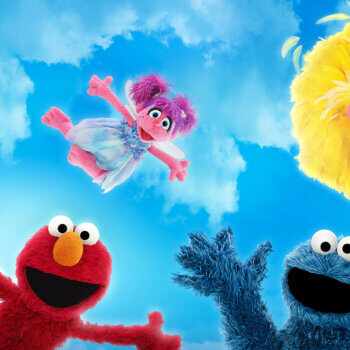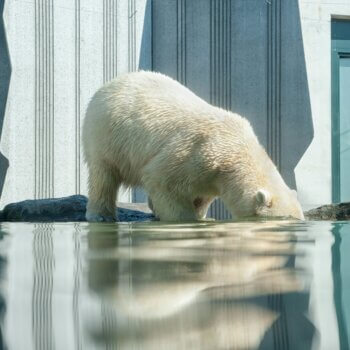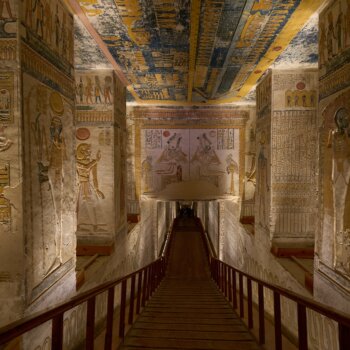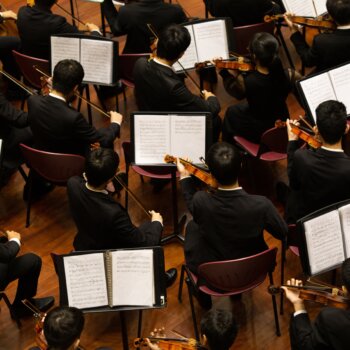Key Takeaway:
Creativity is a crucial human intelligence that AI should emulate, as it defies the cold logic of machines. AI tools like DALL-E and Midjourney are increasingly used in creative projects, with some receiving recognition for their inventiveness. A recent study found that AI-based creativity is just getting started, with examples of both its promise and peril. The Torrance Tests of Creative Thinking (TTCT) were administered to 24 undergraduate students and GPT-4, and the originality of GPT-4’s ideas placed it in the top 1% of test-takers. This suggests that AI models like GPT-4 can generate unexpected, novel, and distinctive concepts, which other researchers have reached similar conclusions.
Few people would probably rank creativity as the most important type of human intelligence that artificial intelligence should emulate. Wonderfully enigmatic and frustratingly fleeting, creativity is. It establishes what it means to be a human and, in doing so, appears to defy the cold logic that lurks behind the silicon curtain of machines.
However, the use of AI in creative projects is now expanding.
New AI tools like DALL-E and Midjourney are increasingly used in the production of creative works, and some of them have even begun to receive recognition for their inventiveness. The potential of AI to produce original, creative content is one example of the growing social and economic impact; it served as a major catalyst for the Hollywood writers strike.
The emergence of AI-based creativity, along with examples of both its promise and peril, is probably just getting started, according to our recent study into the striking originality of AI.
When people are at their most creative, they’re creating something new—a product or solution that didn’t previously exist—in response to a need, goal, or problem.
In this sense, creativity is the act of fusing preexisting resources—ideas, materials, and knowledge—in a fresh, pleasing manner. The outcome of creative thinking frequently surprises the creator and produces something that they could not have predicted.
It might involve a creation, a surprise punchline to a joke, or a revolutionary physics theory. A new song might be created by combining different notes, tempos, sounds, and lyrics.
As a result, I discovered something intriguing about the content produced by the most recent iterations of AI, including GPT-4, right away.
The novelty and utility of GPT-4’s output, when presented with tasks requiring original thought, made me think of the inventive ideas submitted by students and coworkers I had collaborated with while working as a teacher and entrepreneur.
The concepts were novel and unexpected, yet pertinent and helpful. And quite creative when called upon.
Think about the following question put to GPT-4: “Imagine if every child lived as a giant for one day each week. What would occur? Culture, economics, psychology, politics, interpersonal communication, transportation, leisure, and much more were all touched upon by the ideas produced by GPT-4, many of which were unexpected and one-of-a-kind in terms of the fresh connections they made.
As the majority of scientists, artists, writers, musicians, poets, chefs, founders, engineers, and academics can attest, it is challenging to combine novelty and utility.
But it appeared that AI was doing it—and doing it well.
AI put to the test
I made the decision to put AI’s creative prowess to the test by having it take the Torrance Tests of Creative Thinking, or TTCT, along with researchers in creativity and entrepreneurship Christian Byrge and Christian Gilde.
The TTCT challenges test-takers to use the kinds of creativity needed for real-world tasks, such as asking questions, thinking of new ways to be resourceful or efficient, assuming causes and effects, or coming up with ways to improve a product. As shown by the example above, it might ask test-takers to think of ways to make a children’s toy better or imagine what would happen in a hypothetical situation.
The historical creativity that some researchers use to describe the revolutionary brilliance of individuals like Mozart and Einstein is not something that the tests are intended to measure. Instead, it evaluates people’s overall creative capacities, also known as psychological or personal creativity.
We administered the TTCT to 24 of our undergraduate students in addition to running it eight times through GPT-4.
The private testing business Scholastic Testing Service, which provides scoring for the TTCT, trained reviewers to assess each and every result. They were unaware that some of the tests they would be grading had already been done by artificial intelligence.
Since Scholastic Testing Service is a private business, the public cannot access its prompts. This made sure that GPT-4 couldn’t have searched the internet for previous prompts and answers. Additionally, the business has a database of thousands of exams taken by adults and college students, offering a sizable additional control group against which to compare AI results.
Our outcomes?
The originality of GPT-4’s ideas placed it in the top 1% of test-takers. Our research leads us to believe that this is one of the first instances of artificial intelligence matching or outperforming human creativity.
In conclusion, we think that AI models like GPT-4 are able to generate concepts that people perceive as unexpected, novel, and distinctive. In their investigations of AI and creativity, other researchers have reached comparable conclusions.
In fact, creativity can be measured.
For a variety of reasons, the emerging creative capability of AI is unexpected.
For starters, a lot of people outside the research community still think that creativity cannot be defined, much less measured. However, the results of human ingenuity and novelty have been valued for thousands of years and have been bought and sold. Additionally, since at least the 1950s, creative work has been defined and graded in disciplines like psychology.
The person, product, process, and press model of creativity was developed by researcher Mel Rhodes in 1961 in an effort to organise the various ways that creativity had previously been perceived and assessed. Since then, we’ve learned more and more about creativity.
Others are perplexed by the idea that machines like computers could be considered creative. We tend to concur with cognitive scientist Margaret Boden on this point, who claims that the issue of whether the term “creativity” should be used to describe AI is more philosophical than scientific.
The creators of AI anticipated its creative potential.
It’s important to note that in our research, we only looked at AI output. We didn’t examine the environment in which the ideas were generated or the creative process, which is probably very different from human thought processes. And if we had said that creativity requires a human, we would have been forced to say that AI is not capable of being creative.
But despite disagreements over the definitions of creativity and the creative process, the latest AI-generated products are original and helpful. This, in our opinion, satisfies the standard psychological and scientific definition of creativity.
Furthermore, the current iterations of AI’s creative capabilities are not entirely surprising.
The creators of artificial intelligence emphasised their desire to simulate “every aspect of learning or any other feature of intelligence”—including creativity—in their now-famous proposal for the 1956 Dartmouth Summer Research Project on Artificial Intelligence.
Nathaniel Rochester, a computer scientist, explained his motivation in this same proposal: “How can I make a machine which will exhibit originality in its solution of problems?”
It appears that the creators of AI thought that one of the particular types of human intelligence that machines could mimic was creativity, including the originality of ideas.
I believe that the unexpected creativity results of GPT-4 and other AI models point to a more urgent issue: Very few official programmes and curricula that specifically target and foster the growth of human creativity have been implemented within U.S. schools to date.
In this sense, the creative capabilities now attained by AI may offer a “Sputnik moment” for educators and other people interested in fostering human creativity, including those who see creativity as a necessary condition for personal, social, and economic growth.






























